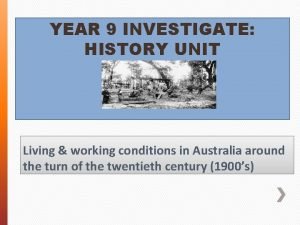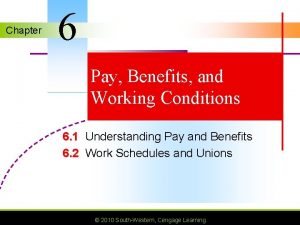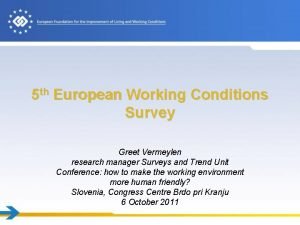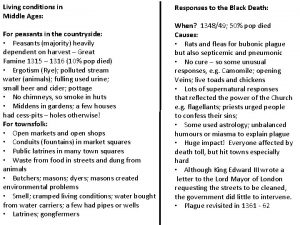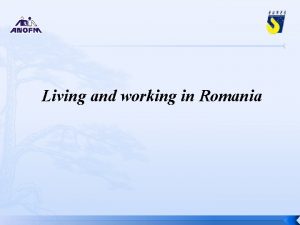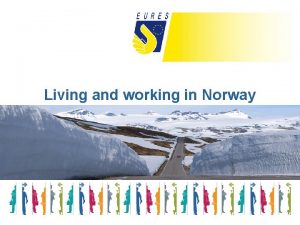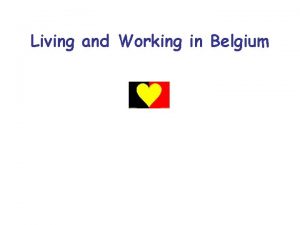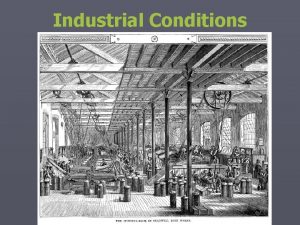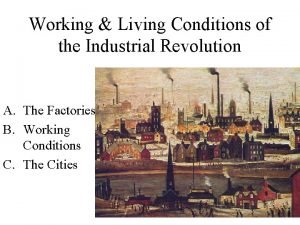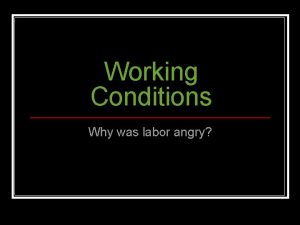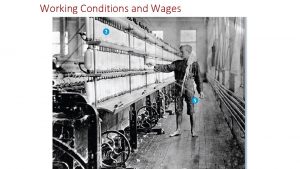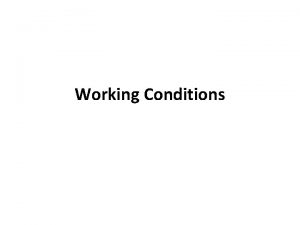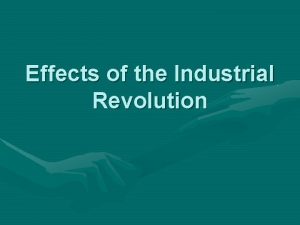Living Working Conditions of the Industrial Revolution The

![The Revolution[s] • 1. demographic increase (change in population) • 2. urbanisation • 3. The Revolution[s] • 1. demographic increase (change in population) • 2. urbanisation • 3.](https://slidetodoc.com/presentation_image_h2/5e44e79bae5540de654e99920c57ee23/image-2.jpg)















- Slides: 17

Living & Working Conditions of the Industrial Revolution
![The Revolutions 1 demographic increase change in population 2 urbanisation 3 The Revolution[s] • 1. demographic increase (change in population) • 2. urbanisation • 3.](https://slidetodoc.com/presentation_image_h2/5e44e79bae5540de654e99920c57ee23/image-2.jpg)
The Revolution[s] • 1. demographic increase (change in population) • 2. urbanisation • 3. agricultural revolution • 4. commercial revolution • 5. transportation

Cottage Industries • people worked from home • there were many pros to this type of industry – scheduling & adjustment of schedules – direct partnership with merchant – shorter hours & less demanding • there were also some cons – loss of equipment – loss of parents – difficult & time-consuming to learn

Factory Industries • people worked in factories • pros to working in a factory – several separate, easy jobs – allowed middle-class to grow – women & children could work • cons to working in a factory – tasks were often dangerous – more pollution – women & children could work

Factory Towns • • grew up around factories many people lived in cramped conditions pollution increased because of factories poor sanitation

Urban population during the industrial revolution in Britain Population (thousands) 1801 1851 1901 Birmingham 24 (1750) 71 265 760 Manchester 43 (1788) 75 338 645 London - 1117 2685 6586 Norwich 36 (1752) 37 - - Liverpool 34 (1773) 78 - - Glasgow - 77 375 762

Mass Production • allowed large number of identical items to be manufactured • two elements made this possible: 1. interchangeable parts - identical, machine made parts - easy production & repair 2. assembly line - product moves from worker to worker - each worker has own task in process

Means of Production MEANS OF PRODUCTION By hand Industrial Place of production Cottages Factory Labour Artisans Factory workers Tools used Manual tools Machines Skills needed Specialized Unspecialized Speed of production Slow Fast Quantity produced Small Large Cost of production High Low Market Local AND foreign








The Industrial Revolution: General Features • The classic interpretation of the Industrial Revolution underlines: • - Change from artisanal to industrial production • - The use of inanimate energy, esp. coal • - The intensification of labour • - The “proletarization” of the workforce • - The urbanisation of the population

On a sheet of paper… • List one advantage & one disadvantage of working in a cottage industry. • List one advantage & one disadvantage of working in a factory industry. • Would you rather live before or after industrialization? Why?
 Working conditions during the industrial revolution
Working conditions during the industrial revolution Living and working conditions in australia 1900
Living and working conditions in australia 1900 What is the job description of a computer programmer
What is the job description of a computer programmer Kondisi kerja dan psikologi kerekayasaan
Kondisi kerja dan psikologi kerekayasaan Fair working conditions
Fair working conditions European working conditions survey
European working conditions survey Chapter 6 pay benefits and working conditions
Chapter 6 pay benefits and working conditions European working conditions survey
European working conditions survey Living conditions in the middle ages
Living conditions in the middle ages Smart vs hard working
Smart vs hard working Hot working of metals is carried out
Hot working of metals is carried out Hot working and cold working difference
Hot working and cold working difference Machining operations
Machining operations Contoh hot working
Contoh hot working Nae zamfir
Nae zamfir Living and working in norway
Living and working in norway Living and working in belgium
Living and working in belgium Venn diagram of living things and nonliving things
Venn diagram of living things and nonliving things

